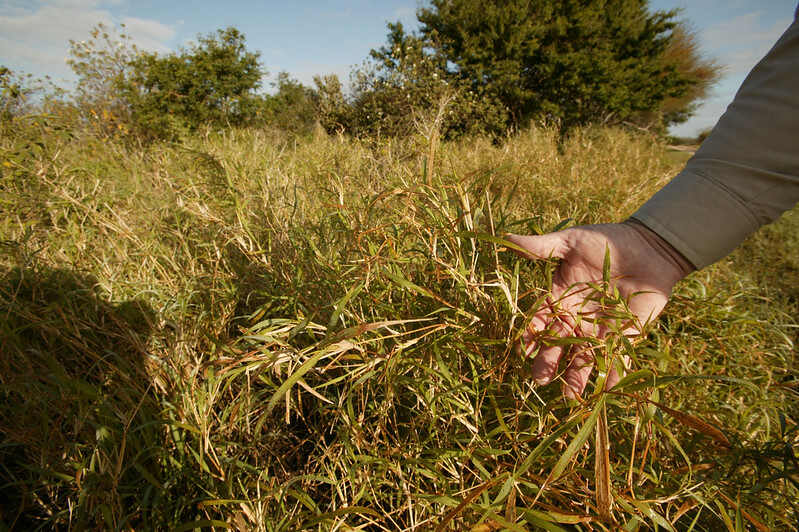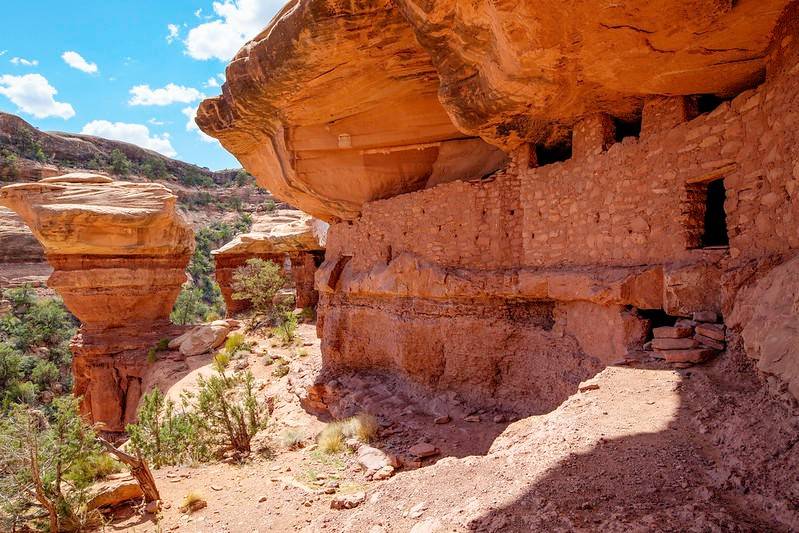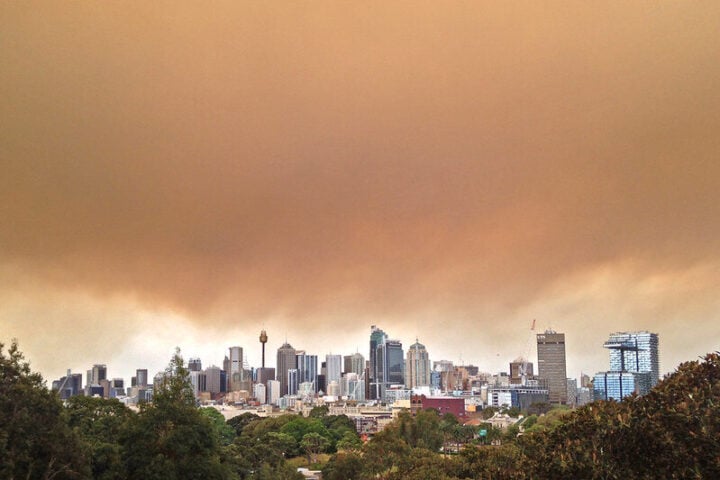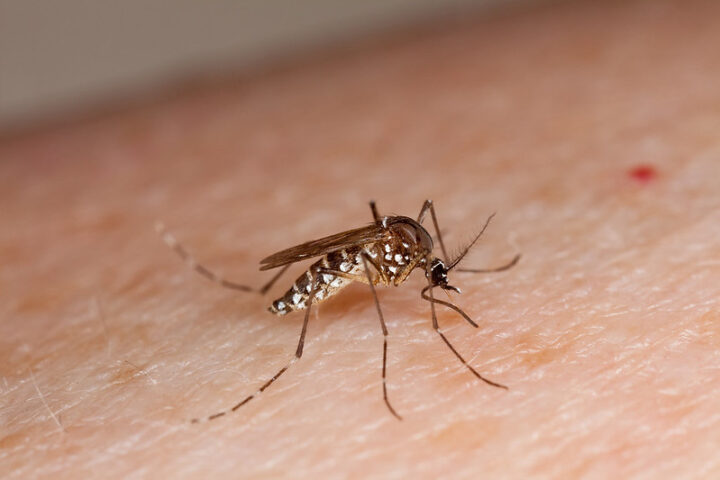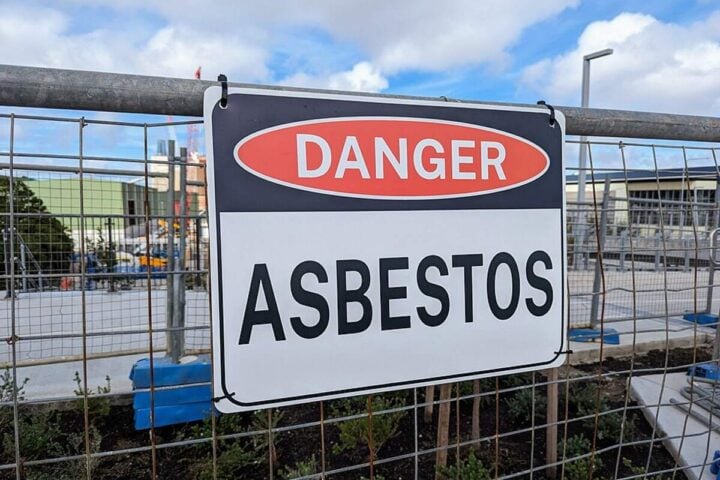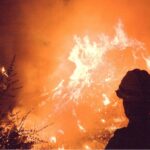A heated debate is growing across Australia about buffel grass, with calls for science—not politics—to guide how we manage this controversial plant.
Originally brought to Australia as a pasture grass for livestock, buffel grass has become both a valuable asset and a serious threat. The Invasive Species Council has warned that confusion about a potential national weed listing could undermine efforts to control this plant in areas where it causes significant damage.
The Double Life of Buffel Grass
Buffel grass shows two very different faces in the Australian landscape. In pastoral lands, it provides valuable feed for livestock and helps control soil erosion. But beyond these grazing areas, it transforms into one of the country’s most destructive invaders.
“Let’s be clear, this nomination is not about removing buffel from grazing land,” explains Ian Thompson, Australia’s former Chief Environmental Biosecurity Officer. “It is about limiting the damage on non-pastoral lands.”
A Fire-Fueling Transformer
Buffel grass doesn’t just grow—it transforms entire ecosystems. It grows faster and denser than native grasses, creating up to five times more plant material than native grasslands. This extra growth becomes dangerous fuel for bushfires.
These fires burn hotter, spread faster, and cover larger areas than fires in native vegetation. Even mature trees that normally survive bushfires, like river red gums, can be killed by these intense blazes. Buffel grass also grows in creek beds, eliminating natural firebreaks that would normally stop fires from spreading.
Cultural Devastation
For First Nations communities, buffel grass represents the greatest invasive threat to their cultural values. It damages sacred sites, reduces bush foods and medicines, and disrupts traditional hunting and cultural practices.
The Indigenous Desert Alliance feels so strongly about this threat that they led a nomination to list buffel grass as a Weed of National Significance, supported by 83 organizations nationwide.
Similar Posts
Beyond the Farm: Wider Economic Impacts
While valued by the pastoral industry, buffel grass creates significant costs elsewhere. The intense fires it fuels damage critical infrastructure like roads, railways, and power lines. This can interrupt transport networks and lead to expensive repairs.
Fighting these more intense fires also strains resources and volunteers. The damage to natural landscapes can hurt tourism and potentially hamper new industries like renewable energy, which might be vulnerable to increased fire risk.
The Path Forward
A formal assessment of buffel grass as a potential Weed of National Significance is now underway. Supporters emphasize this wouldn’t restrict its use on grazing land but would help manage its damage elsewhere.
Dr. Carol Booth, Policy Director at the Invasive Species Council, explains the complexity: “Buffel grass is a complex issue—it’s a valued pasture grass in some places and a devastating, fire-fuelling threat to nature, culture and people in others. That’s why we need a nationally coordinated response that recognises both realities.”
A national listing would create a framework for better coordination, including the appointment of a national coordinator, new research funding, and a management plan bringing together stakeholders from all sides—from graziers and First Nations rangers to scientists and fire managers.

The Northern Territory Government has already recognized the severity of the threat, recently pledging $750,000 annually for buffel grass management and declaring it a weed in the territory.
As the assessment process continues, experts urge leaders across politics, agriculture, and conservation to work together rather than sow division. The science is clear on buffel grass’s impacts—now the challenge is finding balanced solutions that protect both livelihoods and landscapes.’
Frequently Asked Questions
Buffel grass is a plant introduced to Australia as pasture for livestock. It’s controversial because it serves two opposing roles: it’s valued by pastoralists as drought-resistant feed for cattle, but it’s also an aggressive invader that transforms ecosystems, fuels intense fires, and threatens biodiversity and cultural sites outside of grazing lands.
A Weed of National Significance (WONS) listing would NOT restrict buffel grass use on grazing land. Instead, it would provide a framework for nationally coordinated management, including appointing a national coordinator, increasing research funding, and developing management plans specifically for controlling buffel grass in non-pastoral areas where it causes damage.
Buffel grass creates up to five times more plant material (biomass) than native grasslands, providing abundant fuel for fires. It grows densely and continuously across landscapes, allowing fires to spread more easily. The resulting fires burn hotter and faster than those in native vegetation, and can kill mature trees like river red gums that would normally survive bushfires. Buffel grass even grows in creek beds that would typically act as natural firebreaks.
First Nations communities consider buffel grass their greatest invasive threat to cultural values. It damages sacred sites, reduces the availability of traditional bush foods and medicines, disrupts hunting practices, and makes it difficult to perform cultural activities that rely on native plants and animals. This impact is so significant that the Indigenous Desert Alliance led the nomination for buffel grass to be listed as a Weed of National Significance.
While valuable to the pastoral industry, buffel grass creates economic costs elsewhere. The intense fires it fuels damage infrastructure like roads, railways, and power lines, leading to expensive repairs and service disruptions. Fighting these fires strains resources and volunteers. The degradation of natural landscapes can harm tourism, and the increased fire risk could hamper development of new industries like renewable energy and rare minerals extraction.
Current management varies across Australia. The Northern Territory Government recently pledged $750,000 annually for buffel grass management and has declared it a weed. South Australia has also declared it a weed. A coalition of 83 organizations led by the Indigenous Desert Alliance has nominated buffel grass as a Weed of National Significance, which would create a framework for nationally coordinated management efforts focusing on non-pastoral lands.
